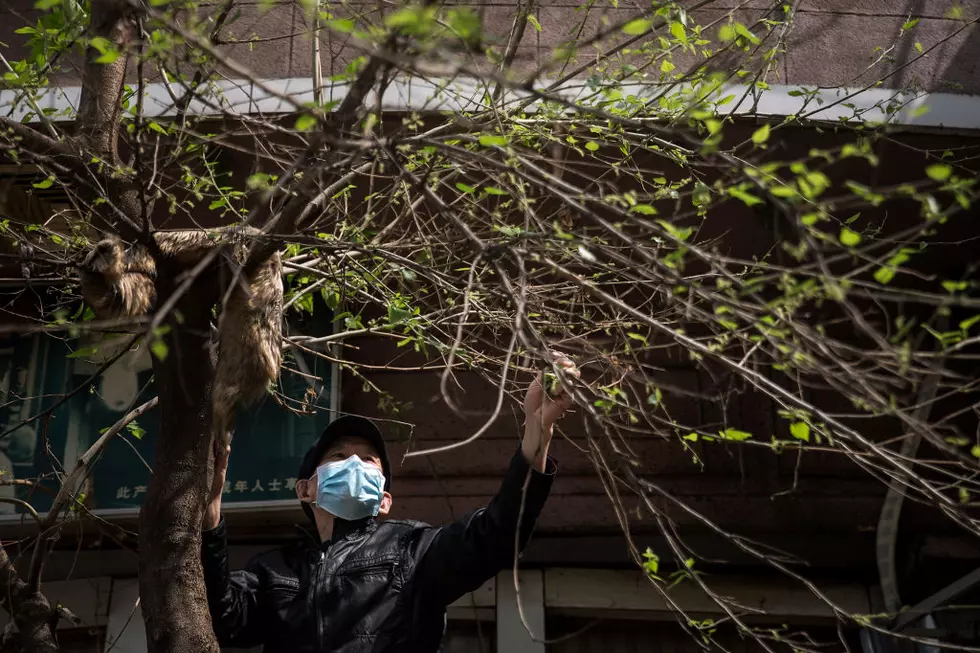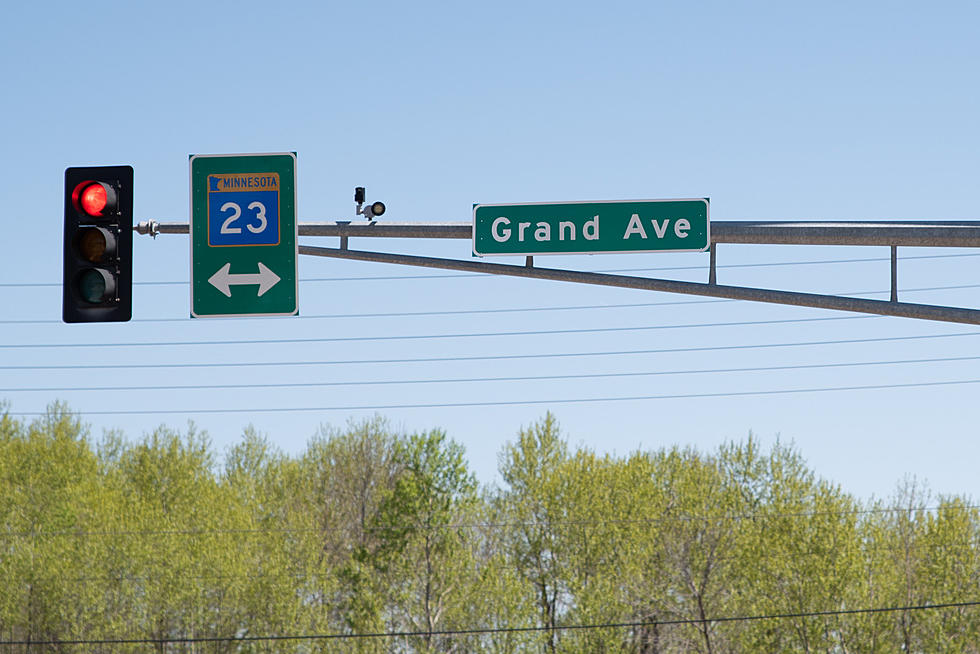
Will 2020 See A Return Of The Forest Tent Caterpillar?
A global pandemic. Monster hornets. Civil unrest. Fires. Locusts. 2020 has already been one for the record books. (And - we just broke a few of those recently, with hotter-than-usual June temperatures!) What's next? Forest Tent Caterpillars?
Cyclically-speaking, we're overdue for an infestation of the blueish-speckled caterpillars - as they generally peak every 10 to 12 years. Truth be told, I hadn't given them much thought until I ran across an article that begs the question of where they've been. That article poses some interesting hypothesis but no real concrete answers as to why we haven't seen a Northland infestation like we have in years past. Most of them are weather-related. Paraphrasing, some of those theories involve:
- The 2014 Polar Vortex might have froze the caterpillar eggs. But, experts point out that we have had colder winters than that in the Northland - and those didn't affect the population in a similar way.
- Our colder/wetter average springs over the last few years might have encouraged the growth of fungus, which kills off and reduces the Forest Tent Caterpillar population.
- The biggest predator that Forest Tent Caterpillars have is flies; on average, these have hatched earlier than usual - which would have posed a larger and earlier danger to vulnerable caterpillar eggs and the young Forest Tent Caterpillars.
So what has happened to the Forest Tent Caterpillar? That same article I mentioned above talks about the succession of peak years - with years of 1969, 1978, 1990 and 2001 in recent memory. Using that as a base timeline, we are long overdue for an infestation.
Most Northlanders vividly recall the last two peaks - with the 2001 infestation the worst (the largest) one on record - with more than 14 million acres of hardwoods affected in the two year 2001-2002 period.

10 Reasons To Be Thankful You're From Duluth
More From Sasquatch 92.1 FM









